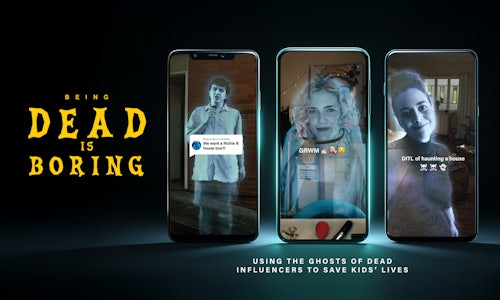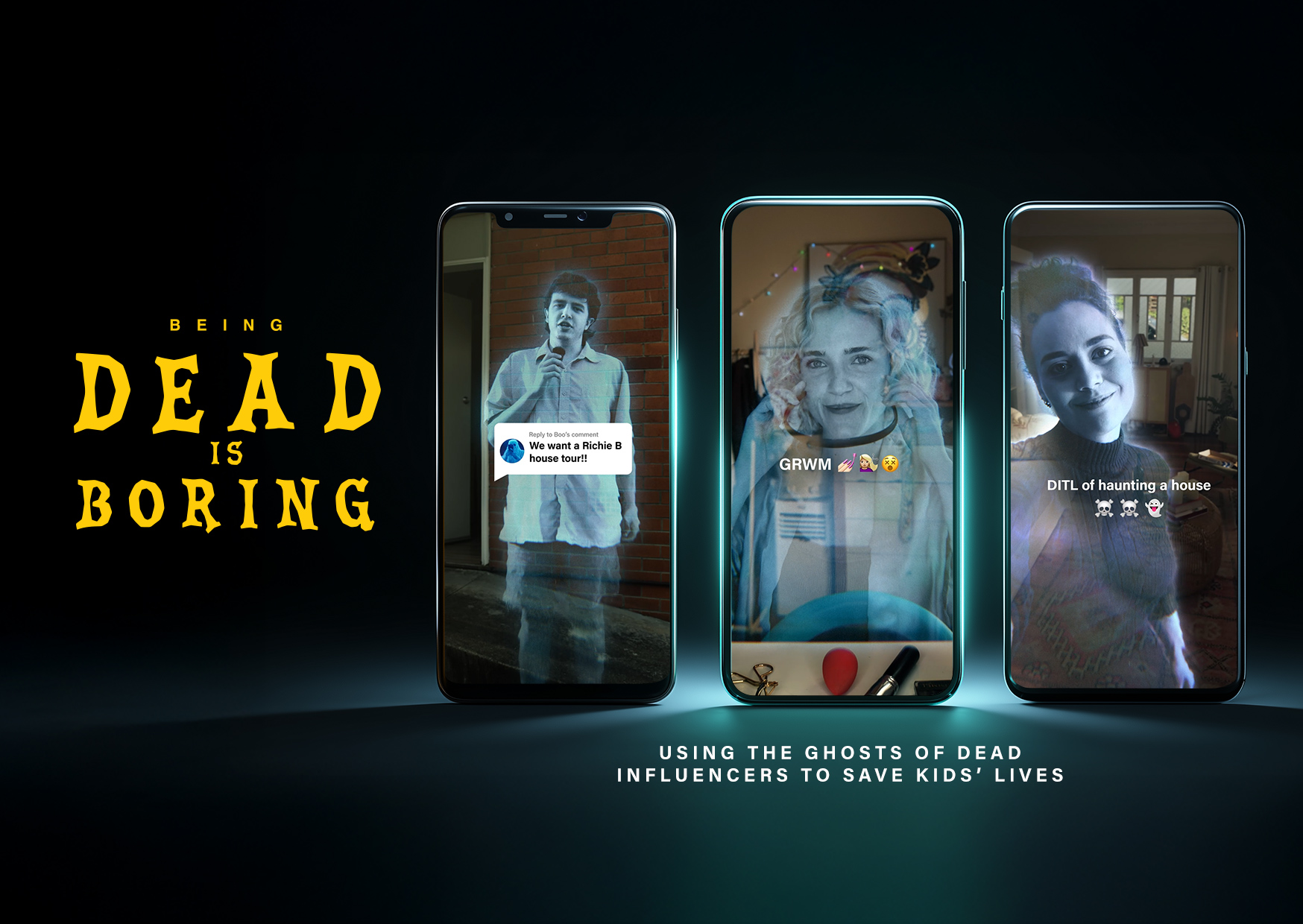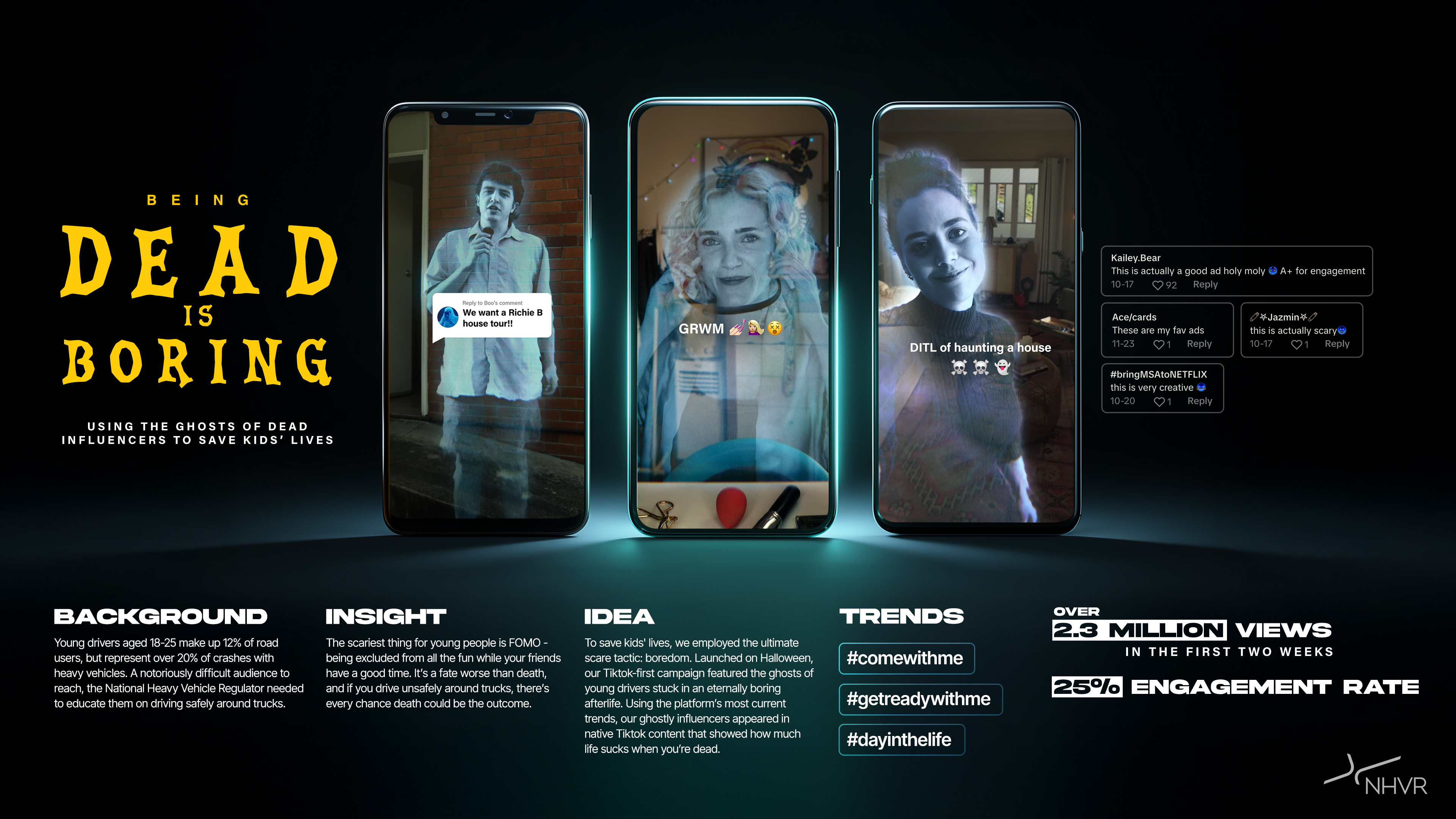

Young drivers (18–25 yeard old) make up only 12% of licence holders but are involved in over 20% of truck-related crashes, making them 67% more likely than other drivers to be in a collision with a heavy vehicle. Almost a third (27%) have experienced a ‘close call’ with a truck. This high-risk group exhibits a dangerous behavioural profile, characterised by overconfidence, a low risk perception, and a limited understanding of truck physics, including blind spots, stopping distances, and turning paths.
Traditional road safety messages fail with this audience because they rely on fear or authority, two things young people are primed to resist. The National Heavy Vehicle Regulator (NHVR) in Australia set out to shift both knowledge and behaviour around three critical safety points:
The objective was not simply to raise awareness, but to achieve measurable behaviour change in one of the hardest-to-reach road user groups. Our challenge was to make the message culturally relevant, engaging, and memorable enough to stick.
The human-centred design approach undertaken by this project involved co-design sessions with Learner and P Plate drivers to uncover authentic language, tone, and platforms. One thing became clear through this process, we needed to meet the audience where they were: Tiktok. As the platform became the natural home for the campaign, we built the idea for TikTok from the get-go. Short, lo-fi videos mirrored trending formats and hashtags like #getreadywithme and #dayinthelife, avoiding the ‘cringe’ factor of typical government ads.
Our behavioural insight was grounded in co-creation research with young drivers across Australia. The insight uncovered was that young people aren’t scared of dying, they’re scared of missing out. This reframed our entire approach. Instead of warning the audience about the risks related to death, we showed what they would miss if they were not around.
Based on the insight uncovered, our messaging focused on pulling a number of behavioural levers to capture attention and create engagement. Loss aversion (FOMO) through fear of social exclusion became the main message,
We embedded behavioural techniques in every step. While loss aversion became the emotional hook, we used humour to overcome message scepticism, and brought the consequences to life in a way that teenagers could relate to. Social norms was used by highlighting what others are doing and what you miss when you're not there.
The creative concept, “Being Dead is Boring”, hacked the medium (TikTok) by using a suite of ghost “influencers” to land our message. We imagined the ghosts of young people who died in truck-related crashes. These ghost influencers were stuck in the afterlife, forever making pointless TikToks: #getreadywithme for nowhere, #dayinthelife clips of doing nothing, and ironic commentary on their eternal FOMO.
Each ghost story subtly taught a safety message. One explained how they didn’t check the blind spot, another tried overtaking without space, and one misjudged a turning truck. Tone played a crucial role in how the message landed. Rather than falling into the trap of sounding preachy or authoritative, we leaned into humour, irony and a sense of shared experience. Our ghosts weren’t tragic or terrifying, they were irritated, left behind and endlessly bored. And for this audience, that was the point that struck a nerve.
We launched in the lead-up to Halloween, a cultural moment when spooky content dominates TikTok. This allowed the campaign to feel native to the platform’s seasonal trends, boosting discoverability and shareability.
The “Being Dead is Boring” campaign exceeded its strategic goals across awareness, behavioural intent and audience engagement. In just the first two weeks, the campaign reached over 2.8 million views through a mix of paid and organic TikTok placements, well above expectations for a government initiative targeting this cohort.
Critically, it didn’t just cut through, it connected. The content achieved a TikTok engagement rate of 25%, outperforming the government platform benchmark by a factor of 16 (1.6%). Across the campaign, there were 55,443 direct interactions and 379 organic reshares, indicating that the content resonated deeply with the audience and inspired peer-to-peer amplification. Knowledge shifts and an increase in awareness were seen:
Crucially, these knowledge gains translated into behavioural intention with 80% saying they would change how they drive near trucks and 95% saying the campaign made them more mindful when driving near trucks.
Delivered with a tightly managed media spend, the campaign achieved high efficiency. TikTok’s cost-per-view was just $0.003, and cost-per-engagement was $0.73, which is a strong result driven by platform-native content that audiences chose to watch, interact with, and share.
The creative’s resonance with the audience helped significantly extend its organic reach, proving that insight-driven, culturally fluent government advertising can be both cost-effective and behaviourally impactful.

